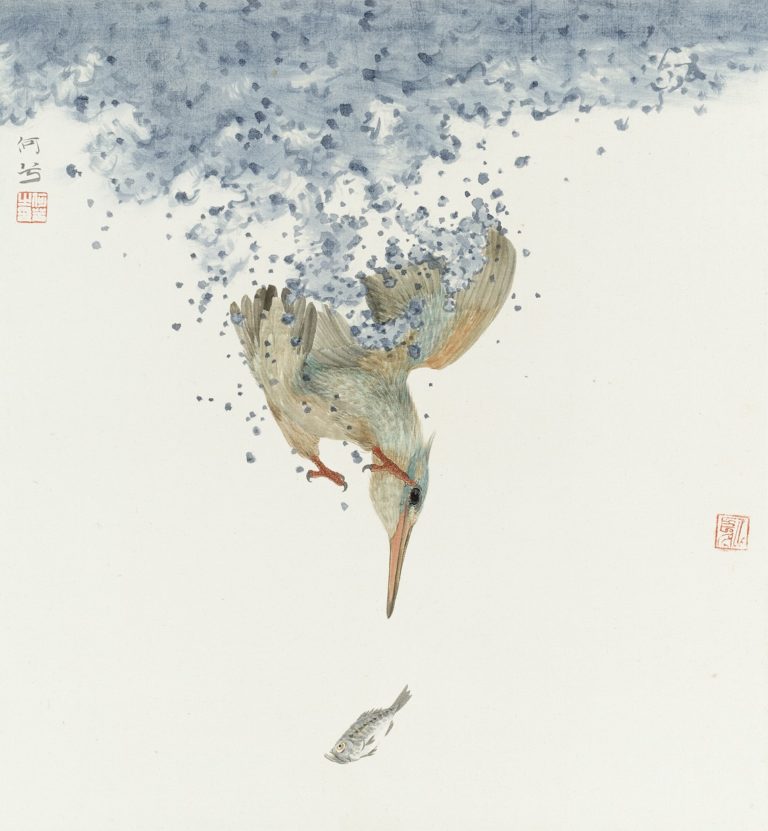Chinese traditional painting encompasses over 2,000 years of history, stretching from the 2nd century BCE to the present, and offers a fascinating insight into the lives and thoughts of its practitioners through the ages. Although it has undergone many shifts in style and focus during its long evolution, it has been characterised by a respect for and engagement with the past, which remains important to artists practising today.
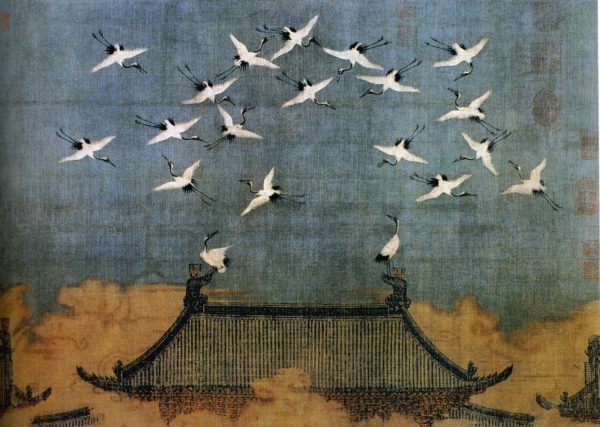
domain
What is Chinese traditional painting?
Chinese traditional painting (guohua) is closely linked to calligraphy, and uses the same materials:
Brushes: Traditionally made from goat, deer, or wolf hair.
Chinese ink: The ink is formed into a stick from hardened pine soot and glue, which is then rubbed on an inkstone with a little water.
Chinese pigments: Colour in traditional painting is applied using pigments (such as cinnabar) that have been mixed with glue, making them similar to gouache.
The ink is executed on either rice paper, or silk, which is coated with a solution of alum to provide an absorbent surface for pigments. This absorbency means that the artist cannot change or erase their work, and must execute it with confidence.
Traditional painting also shares many of the aesthetic and technical aims of calligraphy, namely to create a harmonious composition through expressive brushstrokes, and occasionally includes writing as part of a composition.
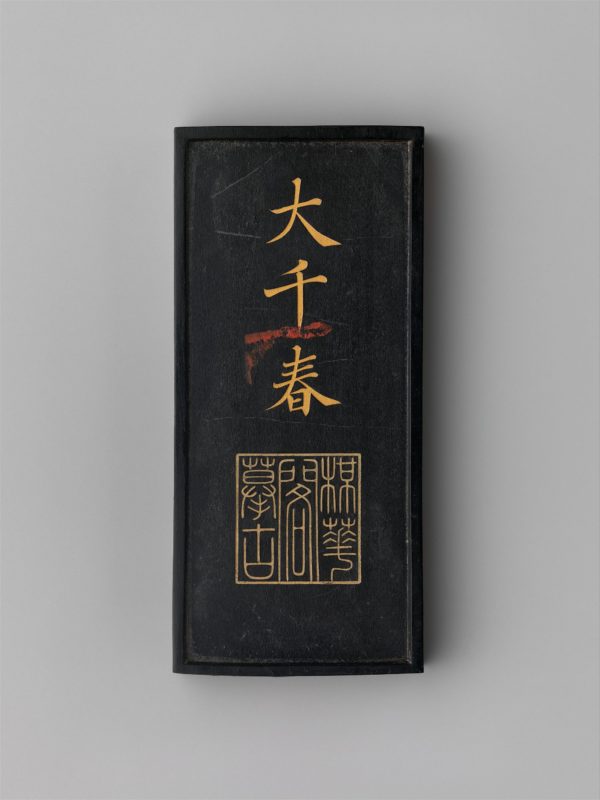
The techniques of guohua
Traditional painting is divided into two main techniques: gongbi, a meticulous style of painting that is rich in colour, with detailed brushstrokes, and xieyi, a looser style that is often used in landscapes, and aims to express the artist’s feelings.
How has Chinese traditional painting differed from Western art?
Throughout most of its history, Chinese traditional painting was more linear in style than its Western counterpart, and did not adapt linear perspective or chiaroscuro shading to suggest three-dimensional mass.
It also differed in the context in which it would be viewed, often taking the format of hand scrolls several metres long. These would be unrolled from left to right and viewed sequentially, introducing an element of time and duration to the viewing experience.
A brief history of Chinese traditional painting
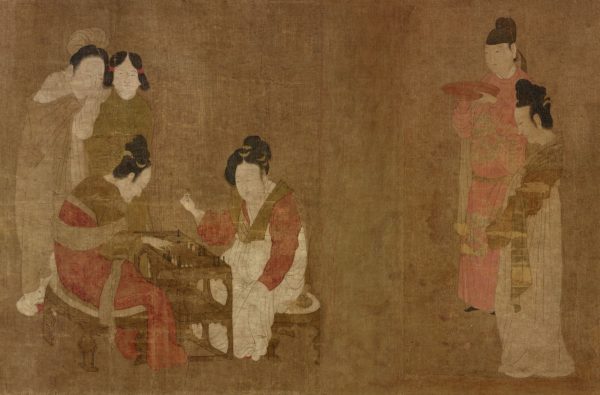
in the public domain
The earliest examples of Chinese traditional painting were produced during the Han (206 BCE–220 CE) and Tang (618–907) dynasties, and depict life in the royal courts, or religious banners painted on silk in vibrant colours. During the Tang dynasty one of the most important genres of Chinese painting also began to emerge, landscape paintings known as Shan shui.
A fascination with landscape continued to develop in the following centuries, from the Five Dynasties (907–960) to the Northern Song period (960–1127). Often known as ‘the Golden Age of Chinese Painting’, during this time artists were concerned with realistic observations of the natural world, and gradually shifted to a more monochrome aesthetic. During the Song dynasty (960–1279), landscapes attained a near-mythical quality.
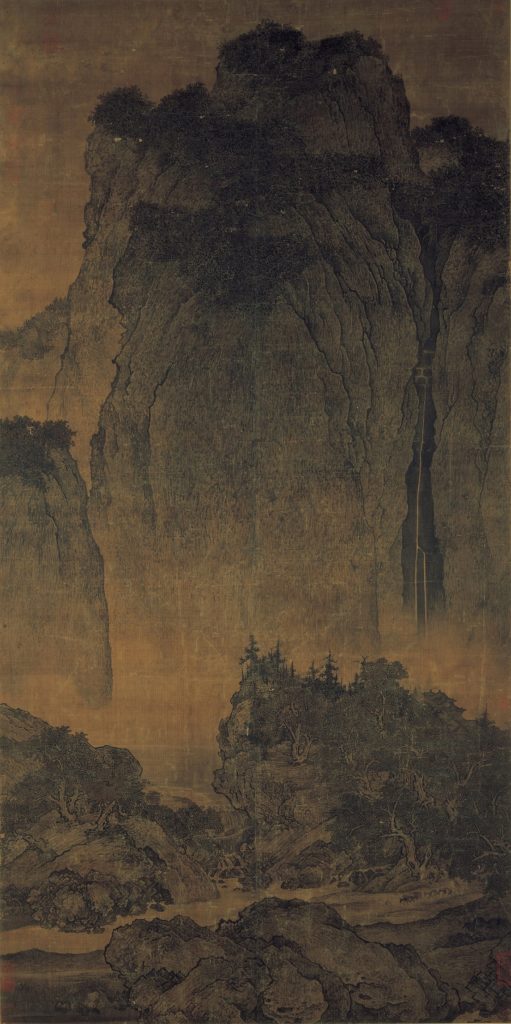
(Image in the public domain.)
From around 1250 to 1400, during the Song and Yuan (1279–1368) dynasties, a new group of artists began to emerge, monks and scholars who created works for private display. These artists often incorporated calligraphy into their works, and sought to express their inner life and thoughts through them.
The prosperous Ming dynasty (1368–1644) fuelled a demand for art throughout society, driven by advances in colour printing techniques, and saw southern cities such as Hangzhou, Nanjing and Suzhou develop into art centres. In Late Imperial China, during the Qing dynasty (1644–1912), artists known as Individualists competed not only with their contemporaries, but also their predecessors, rebelling against many of the rules of traditional painting, and employing freer, more expressive brushwork.
Engaging with Western art, and traditional painting today
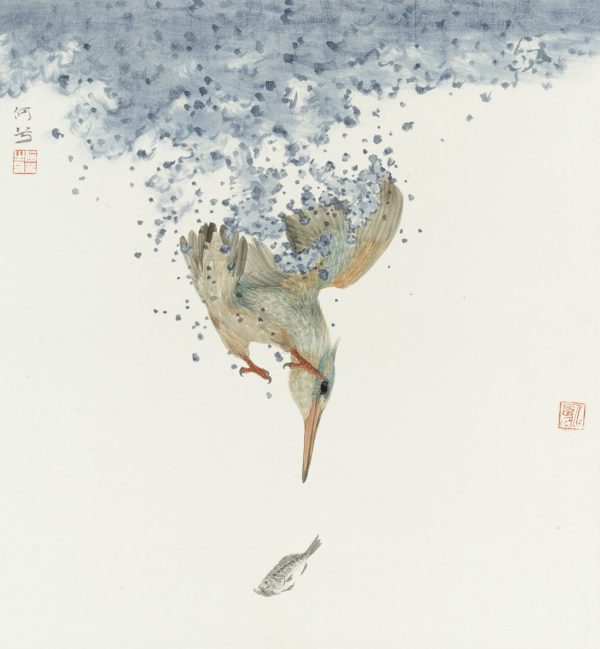
Fish , He Xi, National Museum of Wildlife Art of the United States. Image courtesy of and copyright He Xi.
From the 19th century onwards, artists also began to engage with Western art, incorporating elements of both artistic traditions into their work. This remains an important element in the work of many artists practising Chinese traditional painting today, such as the artist Qu Leilei (b.1951), who trained in traditional painting, and was a founding member of the important ‘Stars’ group in the 1970s. After emigrating to the UK in 1985, and encountering classical sculpture and Italian Renaissance painting, Qu Leilei began to incorporate Western techniques such as chiaroscuro into his ink paintings, resulting in a unique pictorial language and style. While many contemporary artists in China have adopted Western media and styles, others, such as Shanghai-based artist He Xi, utilise traditional painting techniques to reflect the experience of contemporary urban life.
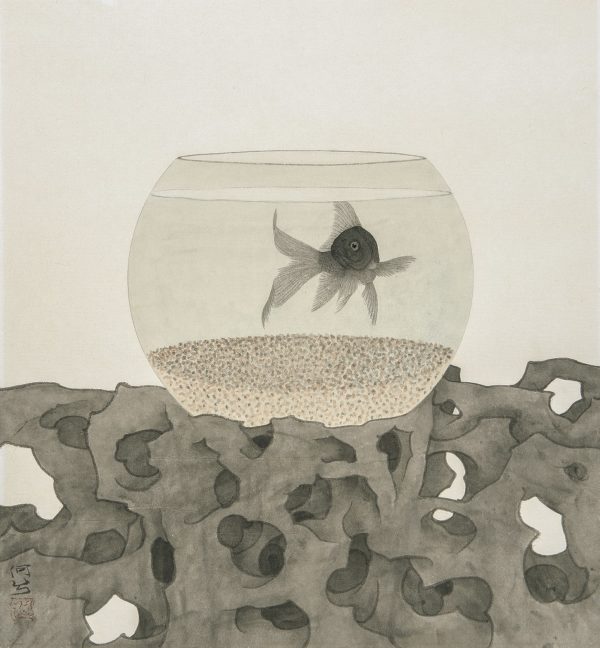
Where can you see Chinese traditional painting in the UK?
One of the best places to see Chinese traditional paintings is the Ashmolean Museum, Oxford, where the Khoan and Michael Sullivan Gallery is the only public gallery in Britain specifically built for the display of Chinese paintings, including contemporary works. The British Museum, London, also has a strong collection of Chinese traditional painting, as does Durham University’s Oriental Museum.
Where can you learn Chinese traditional painting techniques, and purchase materials?
The website of the UK National Society for Chinese Brush Painting is a useful resource for those looking to learn more about the medium, and lists tutors and courses offering tuition in traditional painting throughout the UK, in addition to nationwide and international stockists of traditional painting supplies.

